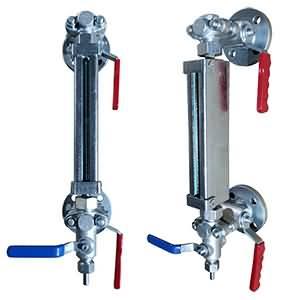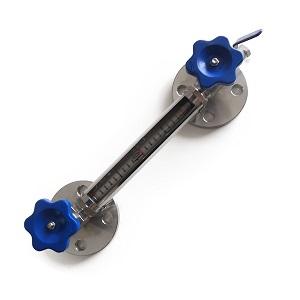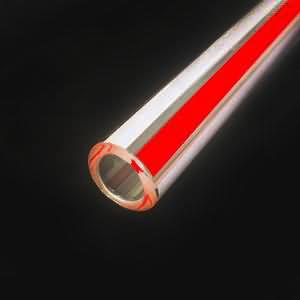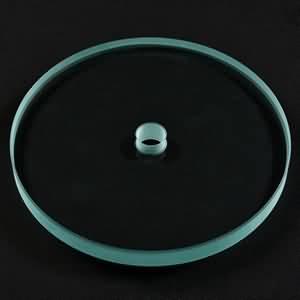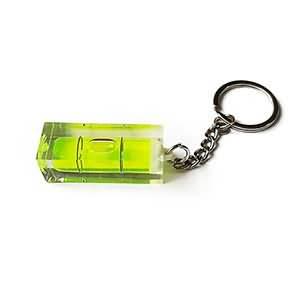Description
Borosilicate Glass Tube is a type of glass with silica and boron trioxide as the main glass-forming constituents. Borosilicate glass tubes are known for having very low coefficients of thermal expansion (3.3 × 10−6 K−1 at 20 °C), making them more resistant to thermal shock than any other common glass.
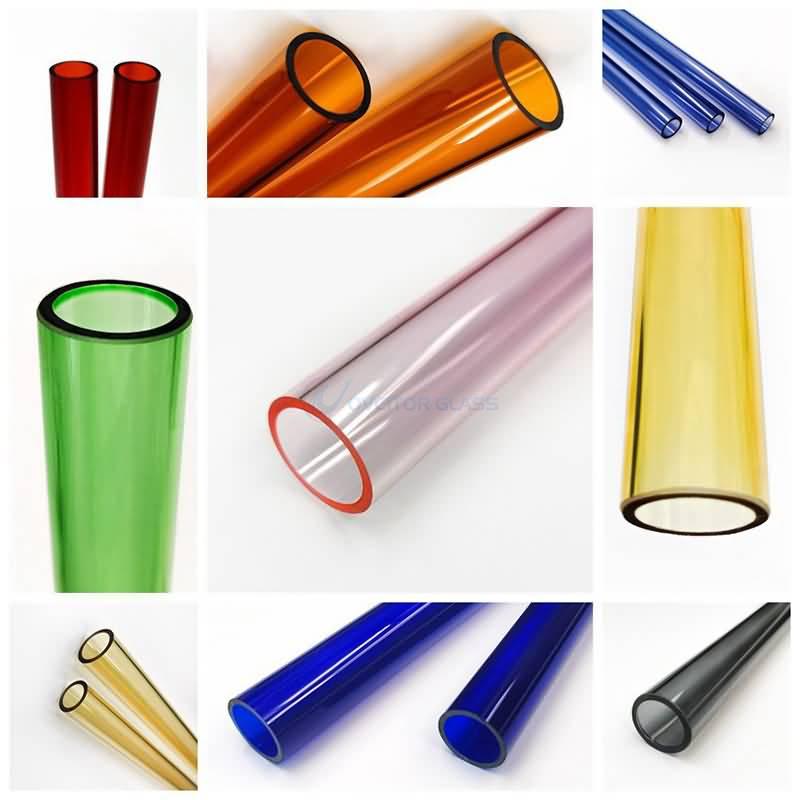
Physical Data of 3.3 Borosilicate GlassTube
|
No. |
Physics Performance |
Numerical Value |
Unit |
|
1 |
Medium coefficient of linear expansion α20/300 acc.To DIN 52328 |
3.3 ± 0.1 |
10-6K-1 |
|
2 |
Transformation Temperature |
525 ± 15 |
Deg.C |
|
3 |
Upper annealing temperature |
560 ± 10 |
Deg.C |
|
4 |
Softening point |
820 ± 10 |
Deg.C |
|
5 |
Max Working temperature |
400± 20 |
Deg.C |
|
6 |
Maximum short-time working temperature |
500 |
Deg.C |
|
7 |
20 degree Celsius Density ρ |
2.23 ± 0.02 |
g/cm3 |
|
8 |
Modulus of elasticity E |
64 |
103 N/mm2 |
|
9 |
Poisson's ratio |
0.20 |
1 |
|
10 |
Thermal productivity(20Deg.C-100Deg.C) |
1.2 |
W/m2K |
|
11 |
Temperature for the specific electrical resistance of 108Ω·cm(DIN52326)tk 100 |
250 |
Deg.C |
|
12 |
Stress-optical constant(DIN52314)K |
4.0 |
10-6mm2/N |
Chemical Data of 3.3 Borosilicate GlassTube
|
Composition |
SiO2 |
B2O3 |
Na2O + K2O |
Al2O3 |
|
approx.weight % |
81 |
13 |
4 |
2 |
|
Water resistance to ISO720 |
1 |
|||
|
Water resistance to European Pharmacopoeia |
1 |
|||
|
Water resistance to USP23 |
1 |
|||
|
Acid resistance Class(DIN12116) |
1 |
|||
|
Alkali resistance Class(ISO695) |
2 |
|||




